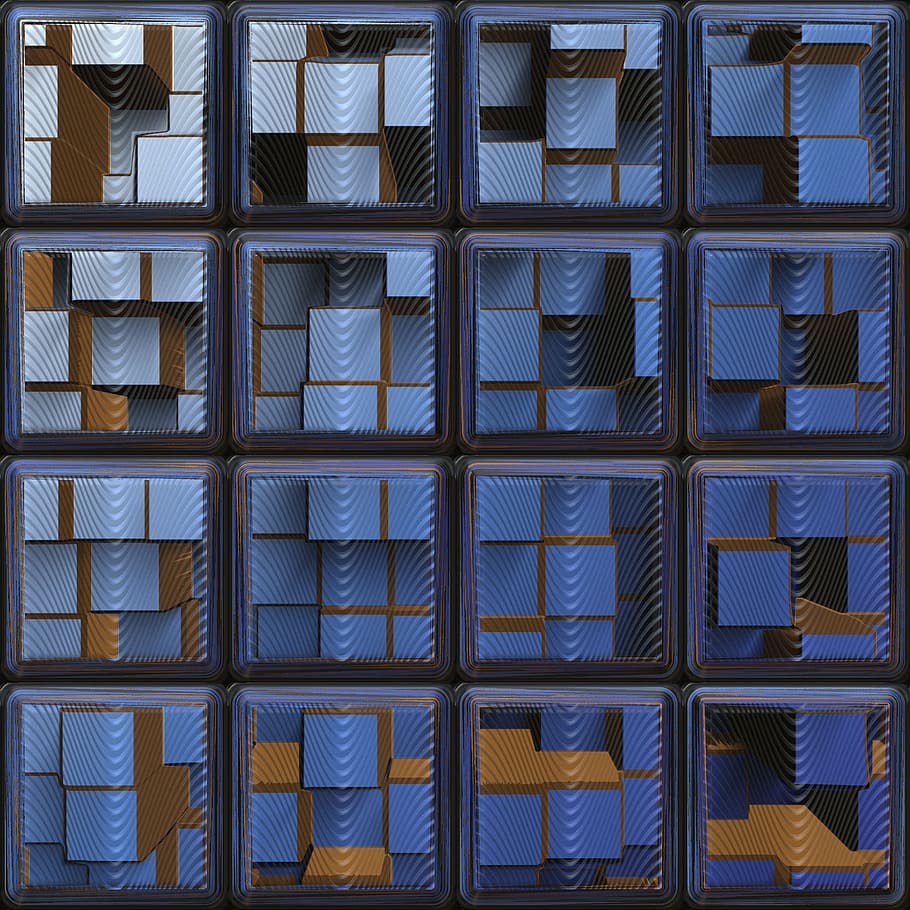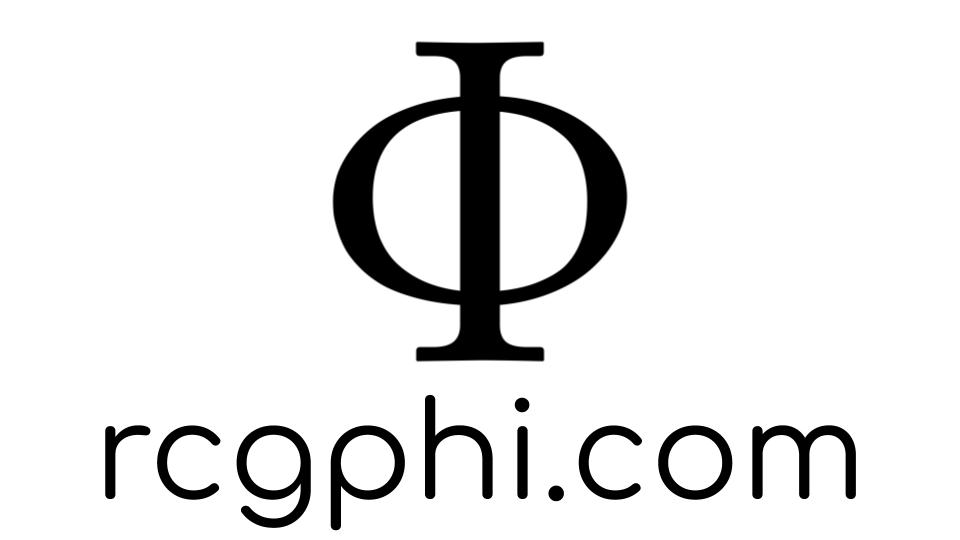Truth-Tables
(Pt. I)

The biggest lie ever is that practice makes perfect.
Not true—practice makes you better.
~Barbara Oakley
Pattern Recognition Solutions
- If there is no reliable way to tell that you are dreaming, you can’t be sure you’re not dreaming right now. There is no reliable way to tell you’re
dreaming. Therefore, you can’t be sure you’re not dreaming right now.
- ~R ⊃ ~D
- ~R
- ∴ ~D
- This is a modus ponens.
- If you never read your textbooks, you should stop buying them. I stopped buying them. So it must be that I didn’t read them.
- ~N ⊃ ~B
- ~B
- ∴ ~N
- This is the fallacy of affirming the consequent.
- Either you’re the teacher or you’re a student. It is not the case that you’re a student. So you must be the teacher.
- T ∨ S
- ~S
- ∴ T
- This is a disjunctive syllogism.
- If God exists, then there would be no unnecessary suffering. But it is not the case that there is no unnecessary suffering. Therefore, God does not exist.
- G ⊃ ~U
- ~~U
- ∴ ~G
- This is a very famous argument against God's existence called the Problem of Evil; it takes the shape of a modus tollens.
Tablet Time!


Question: How do we know the valid argument forms are actually valid?
Truth-table Analysis
(Pt. I)
Here are the steps for building truth-table matrices:
- Write in the following: the sentence constants (in alphabetical order), the TL-symbolization of the sentence(s).
- Draw the table.
- Note: There should be enough columns for the truth-value assignments and all the sentence constants and connectives of the formula(s) in TL; there should be enough rows for all the possible truth-values of the sentence constants.
- Rule: If there is one letter constant, there should be three rows; if there are two constants, there should be 5 rows; 3 constants, 9 rows; etc. (In other words, N = 2x + 1, where N equals the number of rows and x equals the number of sentence constants.)
- Fill in all possible truth-value assignments.
- Rule: If there are two letter constants total, input T-T-F-F for the first column then T-F-T-F for the second; if there are three letter constants total, input T-T-T-T-F-F-F-F for the first column, then T-T-F-F-T-T-F-F for the second, then T-F-T-F-T-F-T-F for the third. And so on for matrices with a higher number of total sentence constants.
- Find the main connective(s).
- Note: When you build a truth-table matrix containing multiple sentences (as in the case of arguments), you have to find the main connective of each sentence.
- Calculate the values under the connectives with the smallest scope.
- Note: If there is a tie for which is the smallest scope, compute the leftmost operator first.
- Calculate the value of the main connective(s), i.e., the final column(s).
- Review your work.
If you are assessing an argument for validity using the truth-table method, here is the Rule for Validity Test: If there is any row on the truth-table that contains all true premises (or premise), but a false conclusion, then the argument is invalid. If the table contains no row showing true premise(s) and a false conclusion, the argument is valid.


FYI
Homework!
- Reading: Merrie Bergmann, James H. Moor, and Jack Nelson, The Logic Book, Chapter 3
- Note: Read p. 69-76 and complete the exercise problems in 3.1E #1-2. Also, here is the student solutions manual for the chapter.
- Practice Problems: Complete truth-table matrices for the arguments below.
- Note: The solutions can be found in the next lesson.
Instructions: Use truth-table analysis to assess the following for validity. The first two statements, separated by a ";", are the premises. The conclusion comes after the "∴".
- P ⊃ Q; ~P; ∴ ~Q
- P ⊃ Q; Q; ∴ P
- ~(P & Q); P; ∴ ~Q
- P ⊃ Q; P; ∴ Q
- P ∨ Q; ~P; ∴ Q
- P ⊃ Q; ~Q; ∴ ~P

Supplemental Material—
- Reading: Merrie Bergmann, James H. Moor, and Jack Nelson, The Logic Book, Chapter 3

